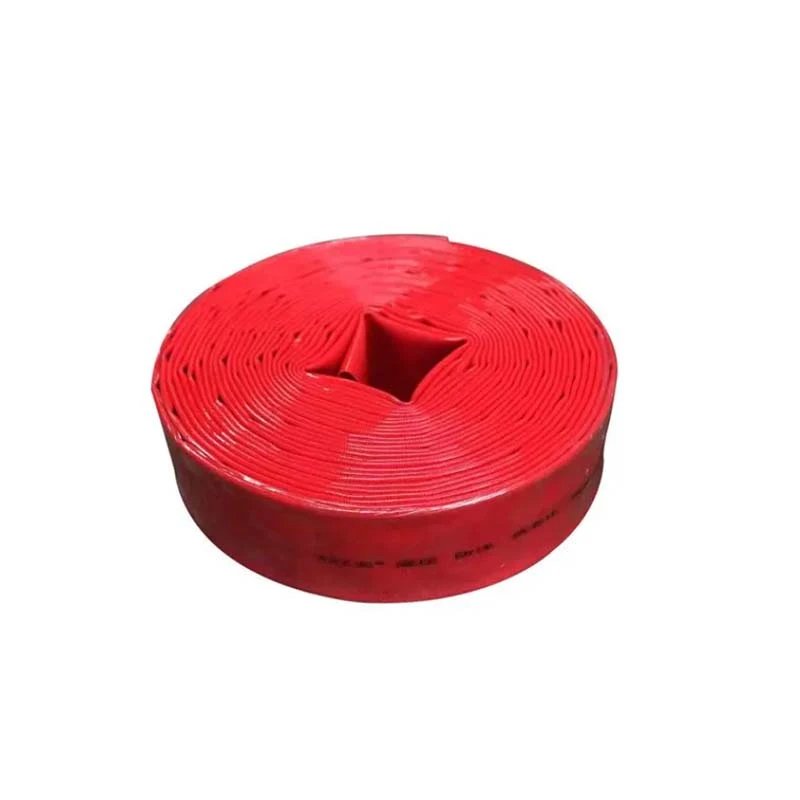pvc vs rubber vs polyurethane air hose
Comparing PVC, Rubber, and Polyurethane Air Hoses
When it comes to selecting an air hose for pneumatic applications, the material of the hose plays a significant role in its performance, durability, and suitability for specific tasks. Three of the most commonly used materials for air hoses are PVC (polyvinyl chloride), rubber, and polyurethane. Each of these materials has its unique characteristics, advantages, and drawbacks. In this article, we will explore the differences between PVC, rubber, and polyurethane air hoses to help you make an informed decision.
PVC Air Hoses
PVC air hoses are well-known for their lightweight nature and cost-effectiveness. They are often used in light-duty applications and are popular among DIY enthusiasts and hobbyists. One of the main advantages of PVC hoses is their flexibility, especially in warmer temperatures. They are resistant to abrasions and can withstand various chemicals, making them suitable for many environments.
However, PVC hoses are not without their drawbacks. They can become stiff and less flexible in cold weather, which might affect their usability in such conditions. Additionally, PVC hoses may not be as durable as rubber or polyurethane hoses, especially under constant pressure or heavy usage. While they are ideal for casual use, they might not be the best choice for professionals who need a sturdy and long-lasting air hose.
Rubber Air Hoses
Rubber air hoses are known for their exceptional durability and flexibility. They are designed to withstand high pressures and are often equipped with features that allow them to remain flexible in extreme temperatures, both hot and cold. This makes rubber hoses ideal for industrial applications, construction sites, and environments where they may encounter tough conditions.
The toughness of rubber hoses also translates to high abrasion resistance, making them less prone to damage from dragging or scraping against rough surfaces. However, rubber hoses can be heavier and bulkier than their PVC counterparts, which might make them less convenient for tasks requiring portability. They also tend to be more expensive, reflecting their superior quality and performance.
pvc vs rubber vs polyurethane air hose

Polyurethane Air Hoses
Polyurethane (PU) air hoses represent a compromise between PVC and rubber, offering several desirable features. These hoses are lightweight and highly flexible, maintaining their ease of use even at low temperatures. This versatility allows them to be used in a variety of settings, from workshops to industrial applications.
One of the standout attributes of polyurethane hoses is their impressive resistance to kinks and abrasions. They do not easily crimp or crush, which is a common problem with other hose materials. Additionally, PU hoses are resistant to oil and other chemicals, making them suitable for use in various environments.
On the downside, polyurethane hoses can be more expensive than both PVC and rubber options. Their longevity and performance, however, often justify this initial investment for users who value reliability and efficiency in their pneumatic tools.
Conclusion
Choosing the right air hose material is crucial for achieving optimal performance in pneumatic applications. PVC hoses are suitable for light-duty tasks and casual use due to their affordability and flexibility. Rubber hoses are ideal for heavy-duty applications, offering durability and the ability to perform well in extreme conditions. On the other hand, polyurethane hoses present a balanced option, combining lightweight construction with flexibility and resistance to kinks, making them a versatile choice for both professional and everyday users.
In summary, the best air hose for your needs will depend on your specific applications, budget, and desired performance characteristics. By understanding the advantages and shortcomings of PVC, rubber, and polyurethane air hoses, you can make an educated choice that aligns with your requirements. Regardless of the material you choose, ensuring that it fits your particular needs will enhance your experiences and outcomes in your projects and tasks.
-
Top Quality Oxy Acetylene Hoses for Sale Fit for Welding DemandsNewsJul.28,2025
-
The Future of Pneumatic Air Tubes in IndustryNewsJul.28,2025
-
Superior and Reliable LPG Hose Pipe Solutions for Every NeedNewsJul.28,2025
-
Exceptionally Durable and Versatile Premium Braided PVC TubingNewsJul.28,2025
-
Best Adapters for Connecting Garden Hose to PVC Pipe ConnectionsNewsJul.28,2025
-
The Essential Role of LPG Hoses in Safe and Efficient Gas DistributionNewsJul.16,2025














